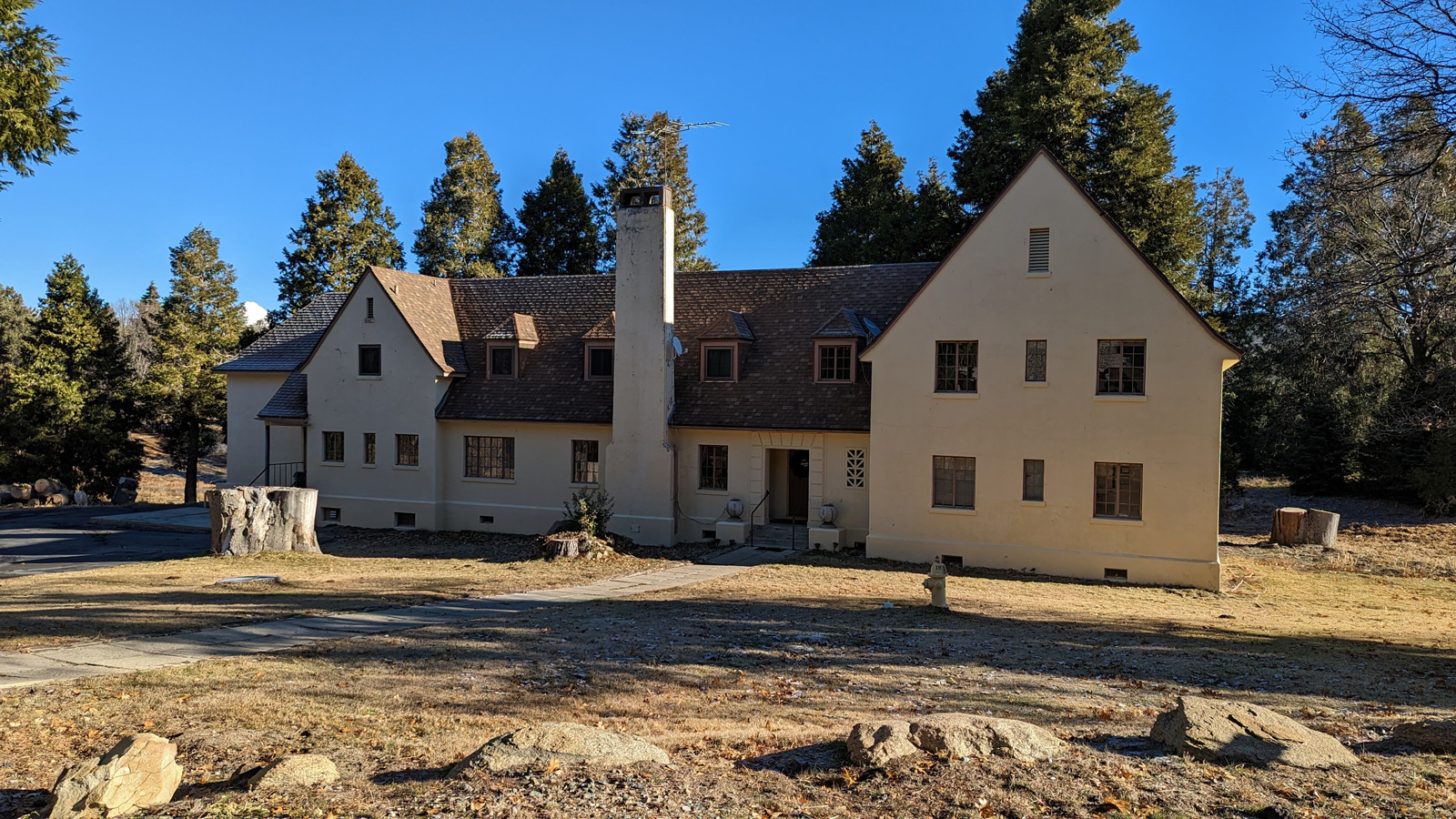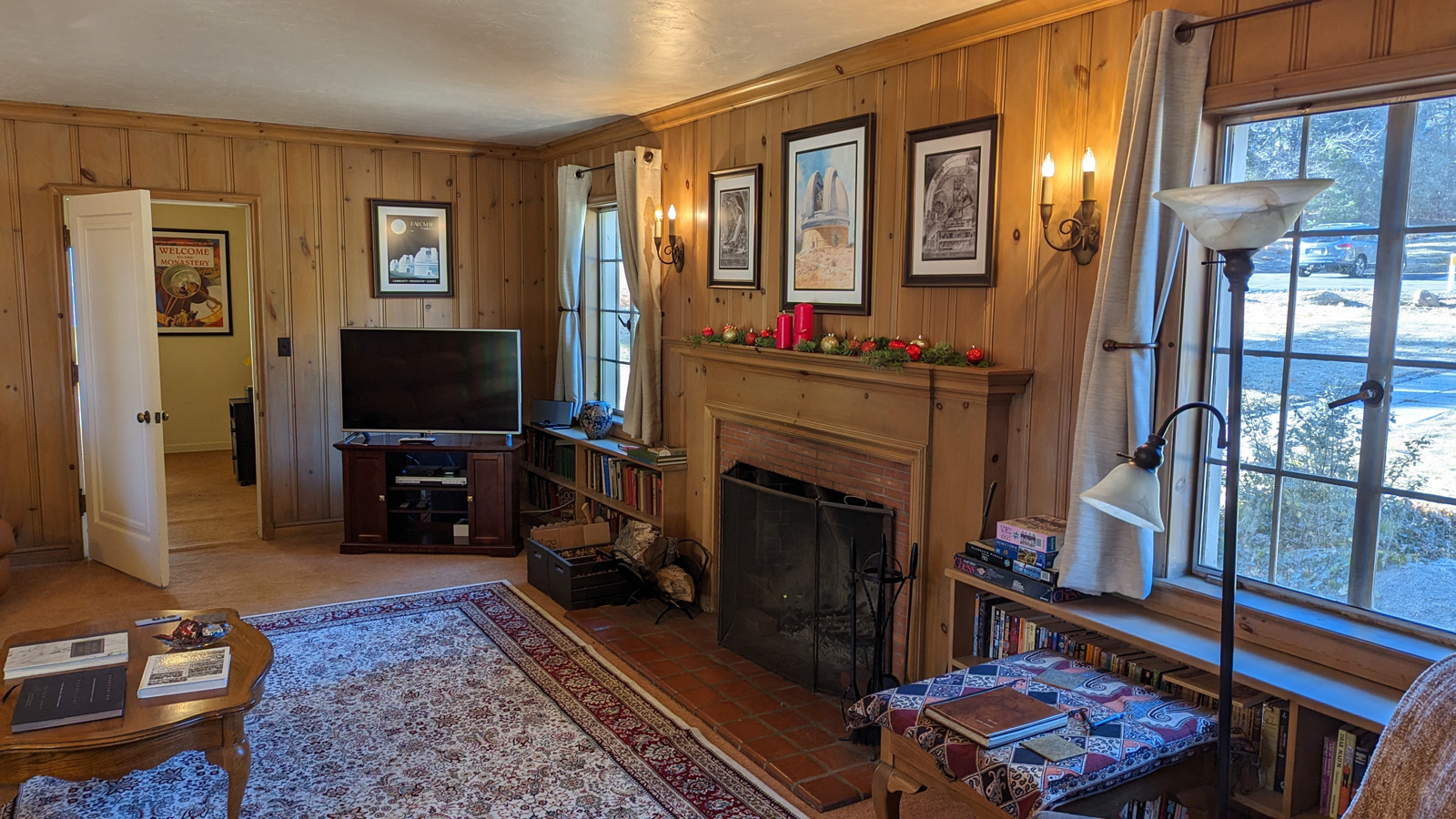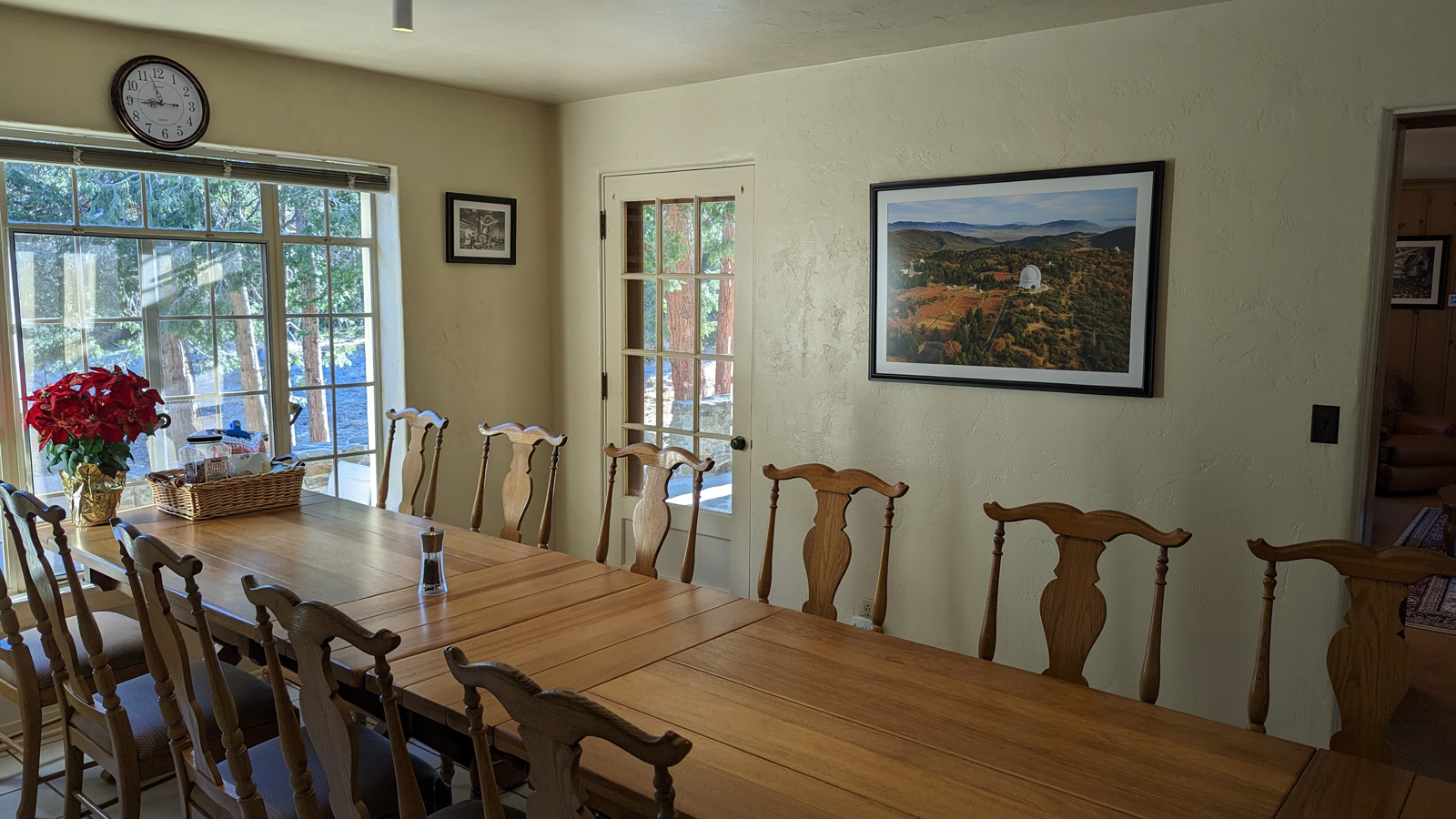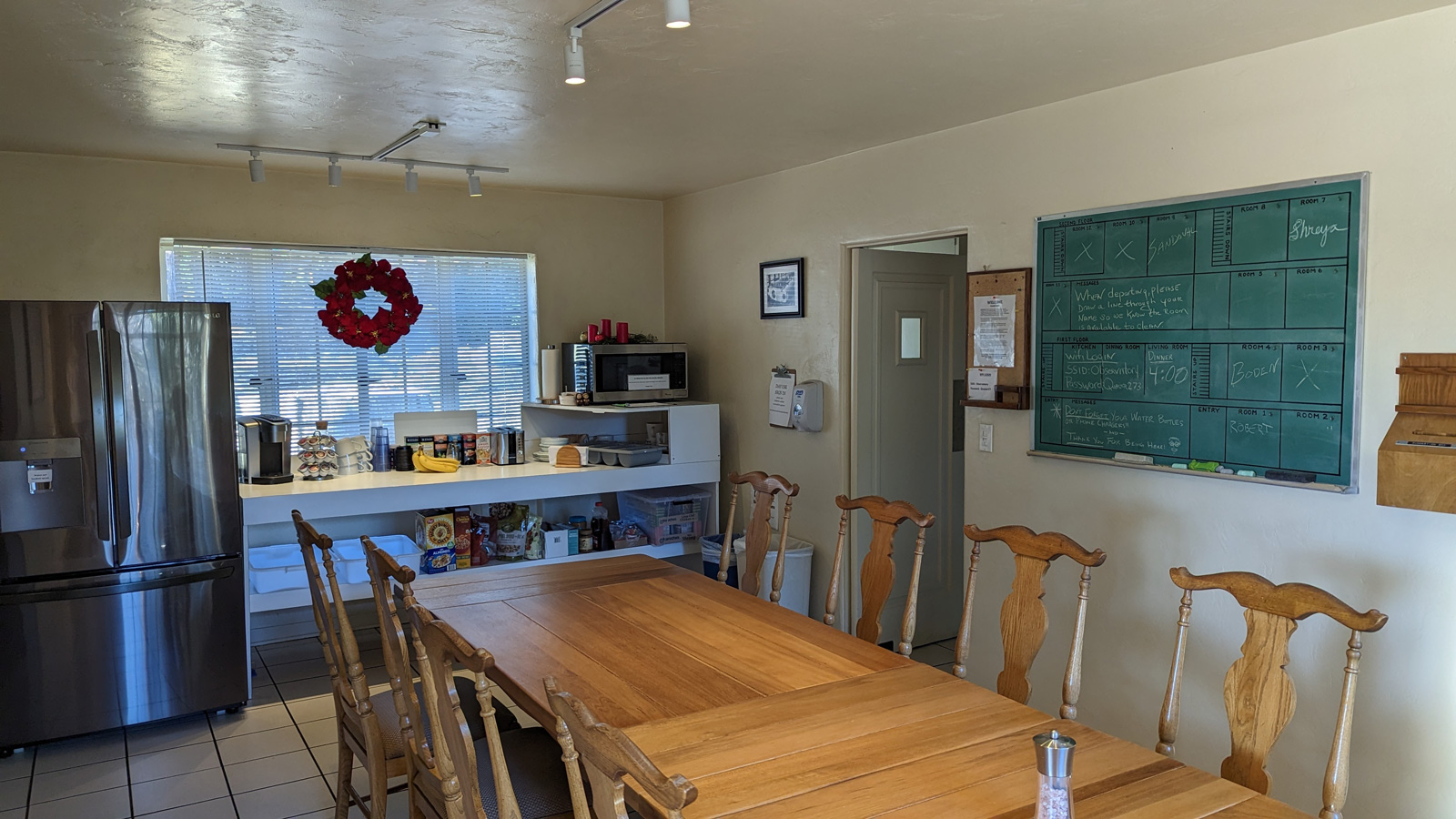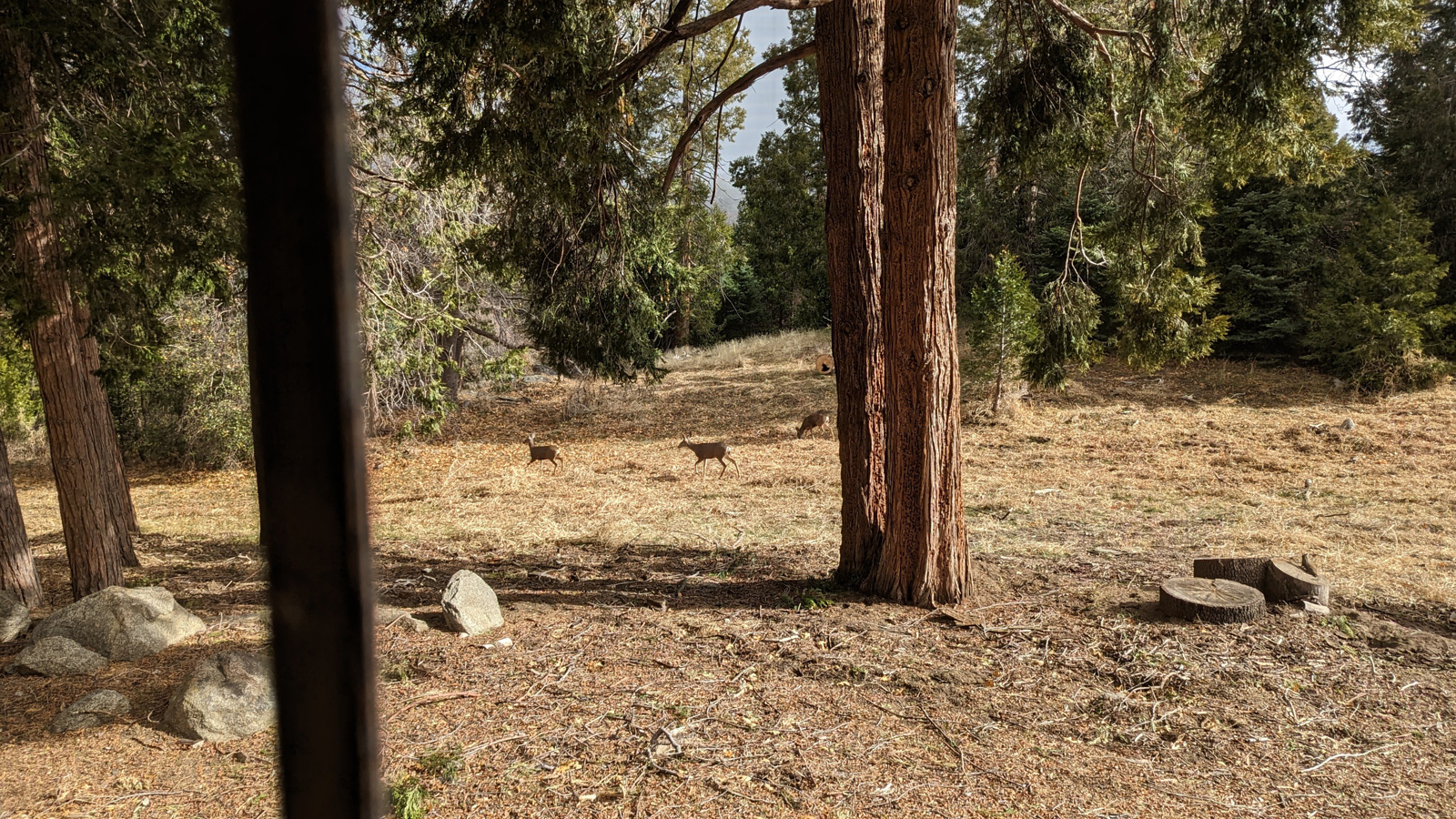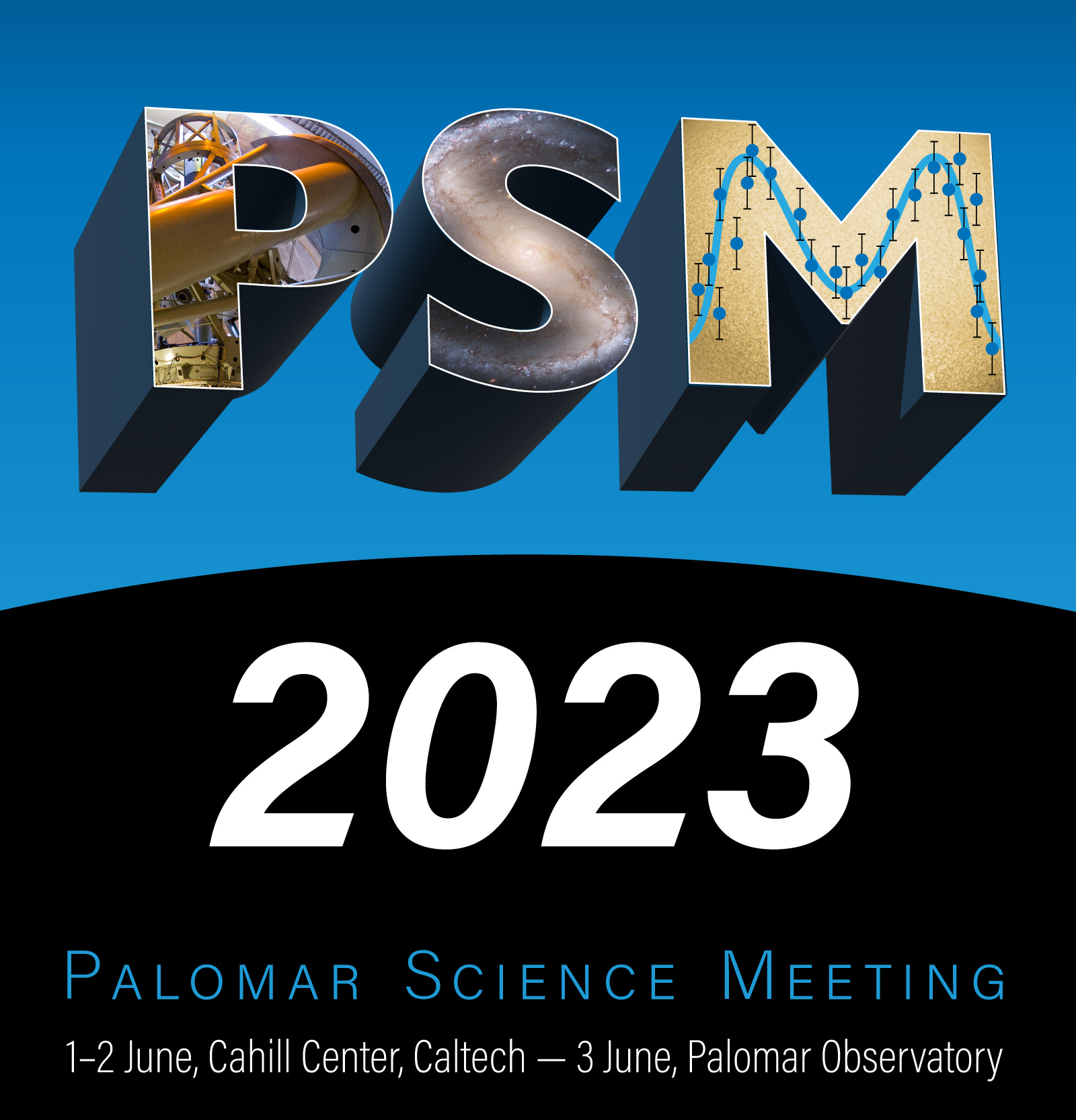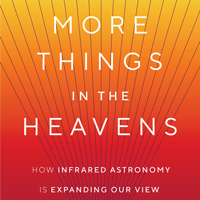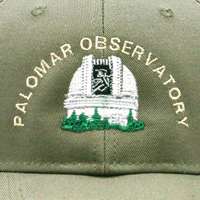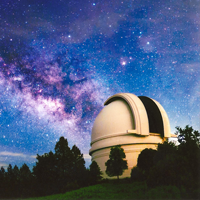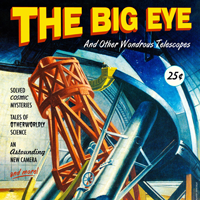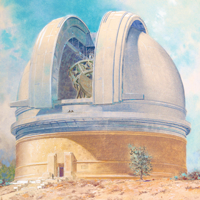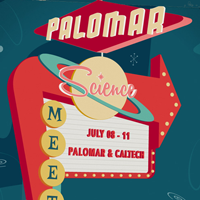In this issue

No. 11
Spring 2023
Commissioning of NGPS Acquisition and Guiding Subsystem
By Lin Yan and Rob Bertz (Caltech)
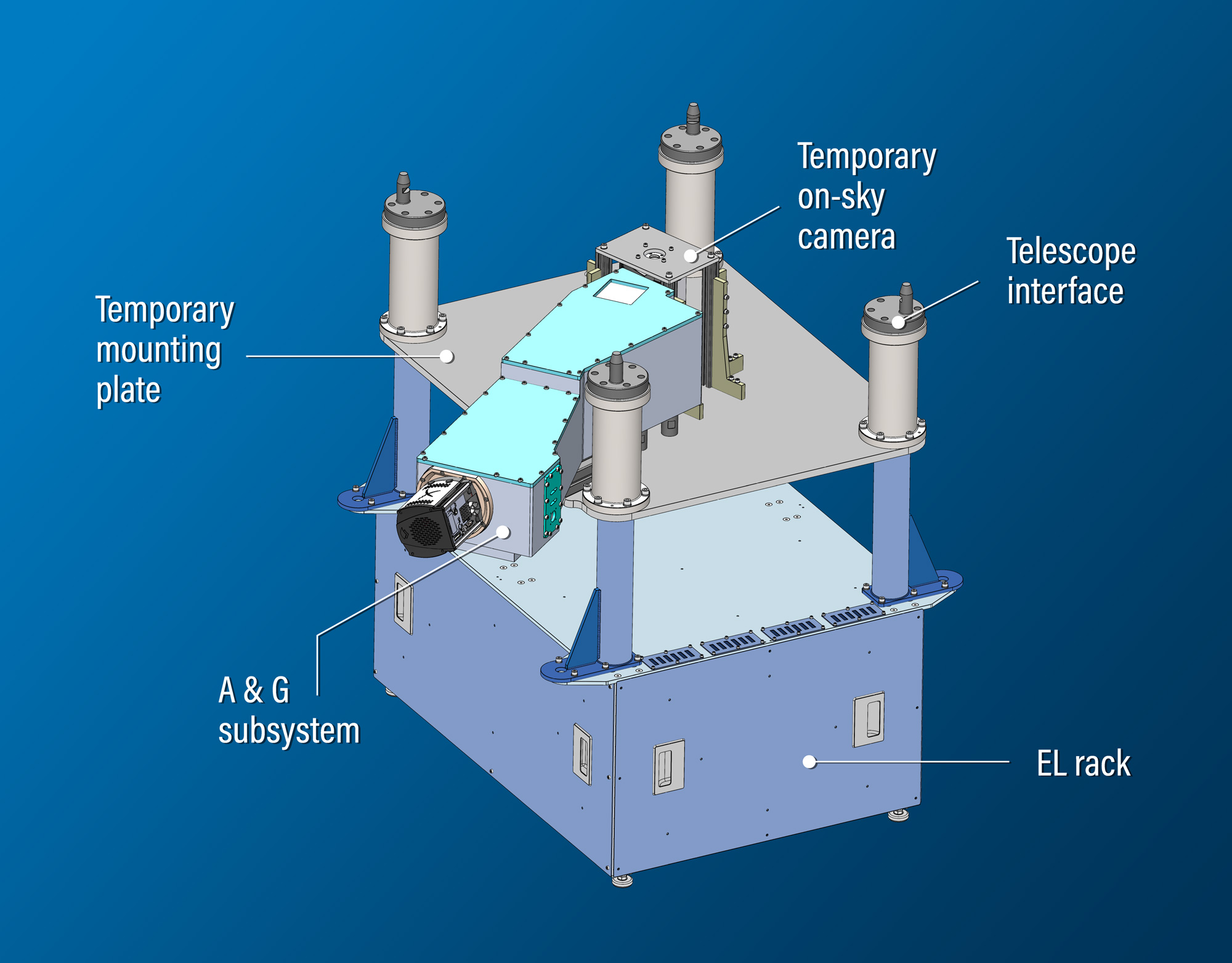
GPS Acquisition and Guiding (A & G) subsystem on-sky test configuration. This is a partial assembly, with the A & G system mounted on the Electronic Rack which has been built and delivered by COO. This configuration does not include spectrographs and image slicer module. (R. Nash/Caltech)
The Next Generation Palomar Spectrograph (NGPS) project is reaching a major milestone in February 2023. The project partner—Nanjing Institute of Astronomical Optics and Technology in China—has completed the fabrication of the Acquisition and Guiding Camera (A & G), which is scheduled to be shipped to Caltech from China on Feb 24, 2023. The commissioning of this subsystem is planned to start on March 29-30 during bright time.
The A & G subsystem commissioning plan includes integration with the Electronics Rack (ELR) before the spectrograph components arrive, allowing for early testing both in the lab and on site at Palomar. Early on-sky testing will allow testing of the target acquisition software as well as obtaining a map of the A & G camera distortion. This is critical for accurate automatic target acquisition. In order to perform on-sky testing of the A & G subsystem, the commissioning team will utilize a partially assembled NGPS system, without the spectrographs or slicer module, as illustrated in the figure above.
The commissioning activities will also test the NGPS User Interface software, including target list preparation, observation control software, and various display and plotting tools related to the A & G camera. For a detailed description of the NPGS user interface software, please see the article below.
The planned on-sky tests will include validation of the real Telescope Control Software (TCS). Mapping of the A & G field distortion will use the images of open cluster stars with GAIA astrometry. We will also test the capability of automated target acquisition and measure absolute pointing/tracking accuracy.
NGPS User Interface
By Roger Smith and Christoffer Fremling (Caltech)
With the Next Generation Palomar Spectrograph (NGPS) we aim to greatly improve spectrograph operation efficiency compared to DBSP, not just by minimizing delays between exposures, but also through optimization of exposure time and observation order. To achieve these goals, NGPS will provide users two observational preparation tools—one is called Target List Editor (TLE) and the other is Observation Timeline Modeler (OTM). Both of these software are already working and will soon be released for users to test.
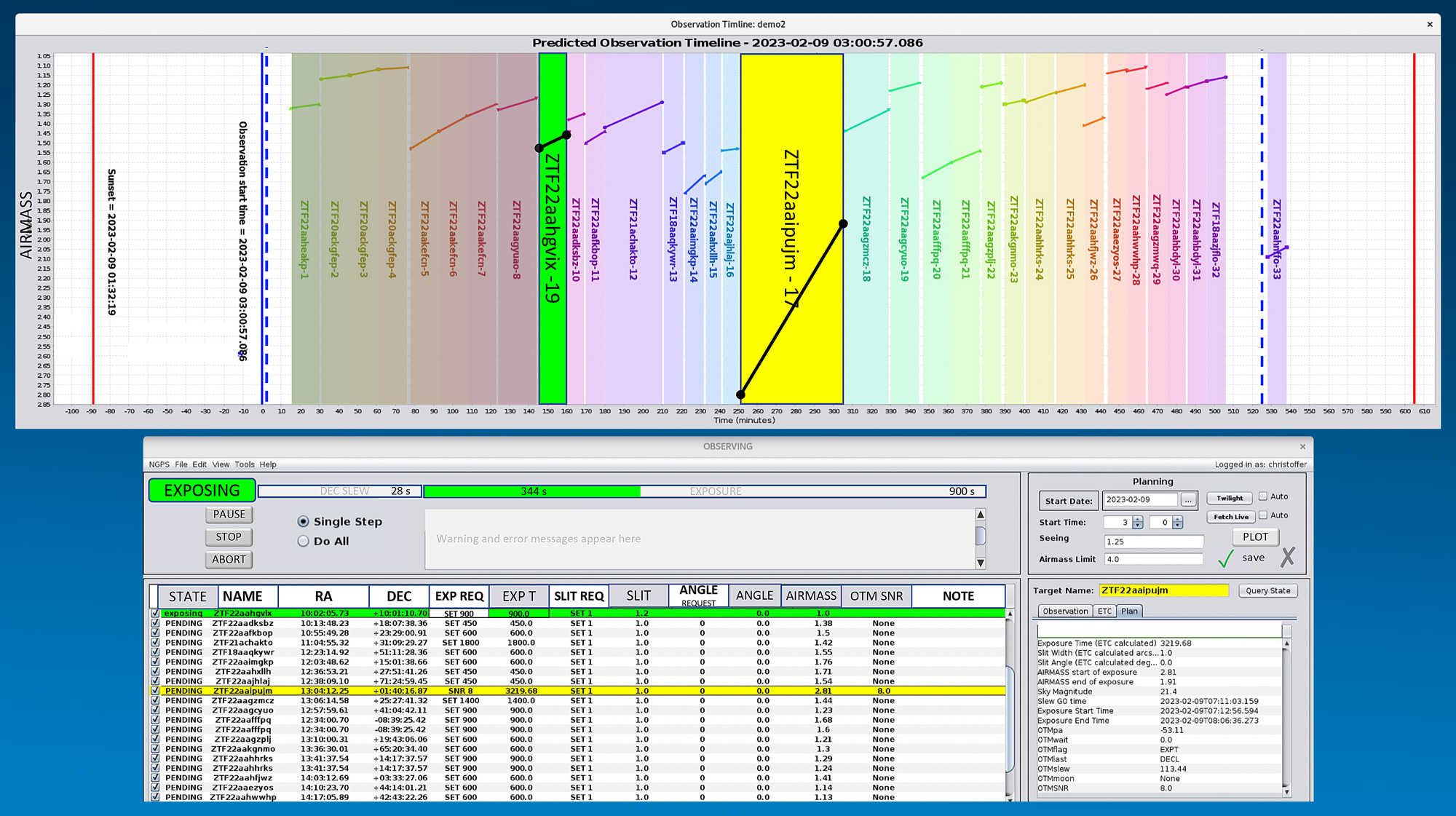
Example Observation Timeline Modeler (OTM) (top panel) and the Target List Editor (TLE) (bottom panel) are shown in use during an observing night. The OTM panel displays one already observed target (grayed out) and a prediction for the remainder of the night. The target that is currently being observed is highlighted in green in both panels. The selected target is highlighted in bright yellow. In this example, the selected target is taking a large amount of time due to its high air mass (solid black line, in OTM panel), and the requested SNR is indicated in the TLE table. A more efficient observing strategy would be to move this target to a later time when the air mass is more favorable. The save button automatically triggers the OTM and the Exposure Time Calculator (ETC) to generate a new observation timeline and associated plots. Here the time gap before the last target (only observable at the morning twilight) could be filled with an additional target. (R.Smith & C.Fremling/Caltech)
TLE can be accessed via a web browser prior to observing—it will allow the observer to easily create a list of targets either manually or by catalog queries. Default exposure parameters are automatically filled in by the system but the observer will typically want to adjust some parameters, such as slit width, according to a specific science program or seeing condition. The observer can set an air mass limit (either a global or per object value), start time for the night, and observation order.
OTM can help users to construct the most optimal observing plan based on user input, especially if there are many targets per night. Using OTM, users can make the preparation well in advance of the observing night. OTM can generate a plot showing the time each object will be observed and its corresponding air mass (see the accompanying figure). Clicking on an object in the target list highlights that target in the plot, and clicking on the plot moves the cursor to the corresponding target in the list. Target order can then be changed using the familiar drag and drop or cut and paste method. This allows users to quickly explore different observation order and settings such as slit width, exposure time, or SNR.
While observers may specify the exposure time directly, it will often be preferable to specify SNR at a nominated wavelength and rely on the OTM to find the correct exposure time. The Exposure Time Calculator (ETC, which is automatically called by the OTM) models not only telescope, spectrograph throughput and detector QE, but also takes into account air mass (calculated by the OTM), seeing, slit losses, CCD binning, read noise, etc. Exposure time optimization is expected to greatly increase the number of targets observable per night compared to what has been typical in the DBSP regime, since excessively long integration translates to fewer targets and overly short exposure time results in low SNR, ultimately wasting observing time. CCD readout time, telescope and dome slews, and target acquisition overheads are modeled in addition to the exposure time to faithfully predict when the next exposure will start, and thus where the target will be in the sky. The resulting air mass is then used to automatically estimate the next exposure time (all automatic modes have manual overrides).
These tools will also be available while observing to allow re-optimization as conditions evolve. However, when observing, the Exposure Time Calculator will rely on automatic measurement of seeing and extinction by the NGPS acquisition and guide camera instead of using typical values. The observation timeline is continuously updated to account for delays due to weather, seeing, or observer choices.
Unless instructed to wait after each target, the software will execute the list without interruption leaving the observer to focus on the science. The NGPS Quick-Look Data Reduction Pipeline currently running on DBSP will be adapted to combine the data from 4 channels to produce calibrated spectra a few seconds after readout completes. The combined spectrum will be automatically displayed to facilitate on-the-fly decisions regarding the next observing strategy.
Palomar Monastery
By Andy Boden
The pandemic created the sudden imperative to support virtual presence for most meetings, workshops, and activity like observing sessions. Intellectually we all understood the necessity to protect vulnerable friends and family, and Palomar staff were exemplary in quickly adapting our operations to facilitate routine remote observing. But we have all come to understand the many adverse impacts of the extensive isolation. Even serving in observatory stewardship it was a full two years before I returned to Palomar to see my colleagues in person. It was fair to say I missed visiting the place and the people…
The Palomar Monastery, Christmas 2022 (A.Boden/Caltech)
As many of you know, mid-last year we started inviting general observers back to in-person observing in the 200-inch data room. I hope that many of you have visited Palomar since then. Having recently traveled to Palomar around Christmas it occurred to us that those of you who haven’t been able to visit in a while might like a visual reminder of the famous Monastery hospitality…if you will—Christmas postcards from Palomar.
With pandemic restrictions gradually easing and more hospitable spring weather right around the corner I wanted to invite all to consider Palomar travel for upcoming observing runs. The site and hospitality are wonderful, and the staff are excited to have you back. We all hope you’ll be able to return to visit the observatory soon.
Palomar Science Meeting 2023: Save the Date
By Andy Boden
As many of you already know, 2023 is the 75th anniversary of Palomar Observatory and Hale Telescope dedication (03 June 1948). Among the various celebrations of this important milestone we have planned, Caltech will be hosting the return of the Palomar Science Meeting 01 – 02 June 2023 in Hameetman Auditorium in the Cahill Center for Astronomy and Astrophysics on the Caltech campus.
Registration for PSM 2023 is now open. We hope will be able to join us in Pasadena in early June for both the science meeting and to commemorate this milestone for the observatory community.
Questions? We've answered many common visiting, media, and academic questions in our public FAQ page.
Please share your feedback on this page at the
COO Feedback portal.
Palomar Observer 11
Last updated: 31 March 2023 LY/AFB/ACM
